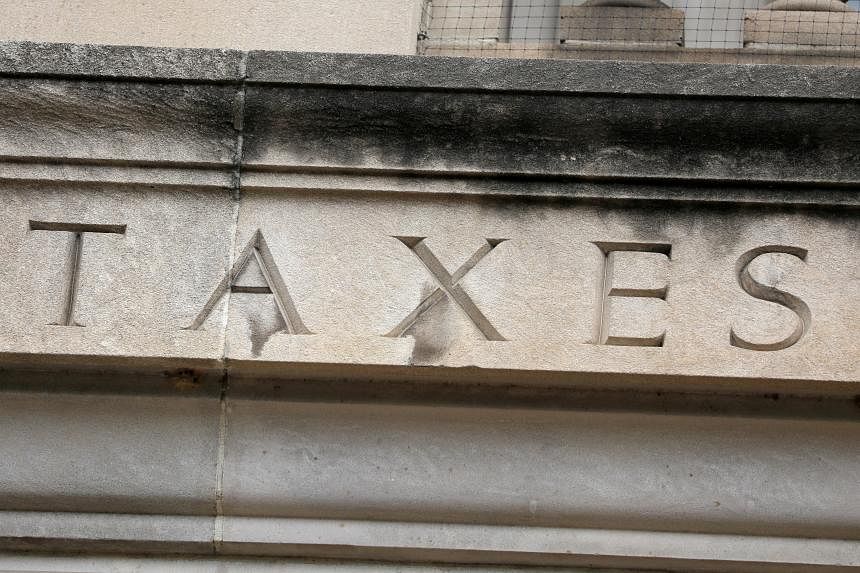NEW YORK - A former executive at a Swiss financial services company pleaded guilty to charges that he helped wealthy US taxpayers hide millions of dollars in offshore bank accounts.
Rolf Schnellmann is one of six people charged in September 2021 with assisting an unidentified hedge fund manager and two other US taxpayers to shield US$60 million (S$79.5 million) in assets.
He admitted on Dec 21 that he participated in a tax fraud conspiracy, United States prosecutors said. He faces as much as five years in prison at sentencing, which is scheduled for July.
Schnellmann, 61, is the former head of Allied Finance Trust, a Zurich-based unit of the Allied Finance Group in Liechtenstein.
Prosecutors said he and his co-conspirators defrauded the US Internal Revenue Service by hiding the clients’ assets in undeclared bank accounts at Privatbank IHAG Zurich from 2008 to 2014.
The US started an amnesty programme more than a decade ago to allow taxpayers to avoid prosecution by declaring hidden assets and paying a fine and back taxes.
Tens of thousands of Americans took advantage of the programme, but a small fraction instead moved money from Swiss accounts to other locales, including Singapore and Hong Kong.
Prosecutors said the bankers in the case used a scheme called the Singapore Solution, in which the funds were transferred through accounts in other jurisdictions, and then sent to Switzerland in newly opened accounts nominally held by a Singapore-based asset manager.
They later moved the funds back to Singapore when they feared the plan was at risk of being uncovered, according to the government.
Prosecutors said the clients paid “large fees” to IHAG and others to help them hide their funds and assets and avoid paying taxes.
Most of the concealed assets in the case belonged to a Manhattan hedge fund manager identified in the indictment as Client-1.
The account had actually been created by Client-1’s father in the 1960s, but passed to Client-1 upon the father’s death.
After that, Client-1’s family accessed the funds through semi-annual trips to Zurich, where they would withdraw hundreds of thousands of dollars in cash and carry or mail it back to the US. BLOOMBERG

